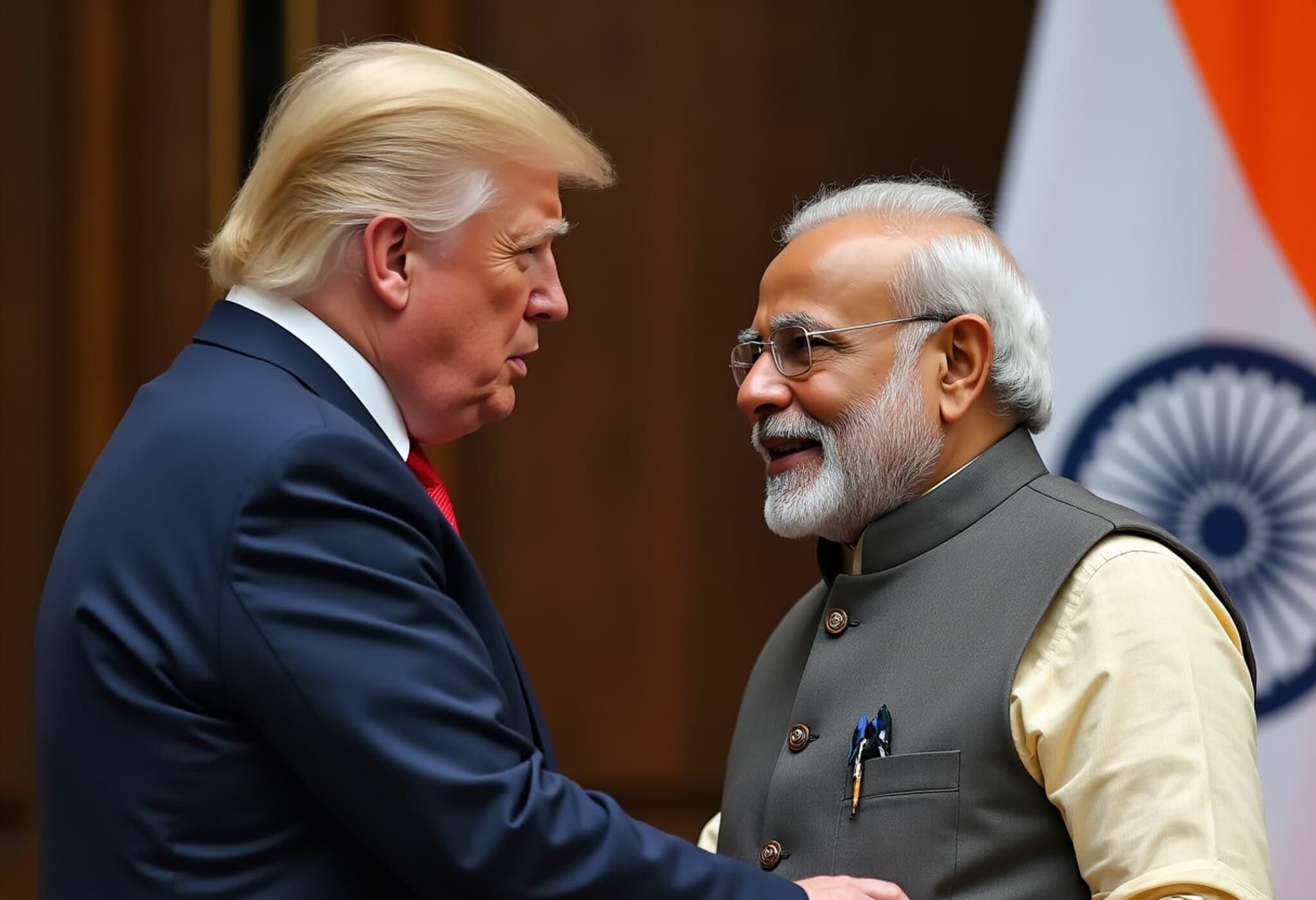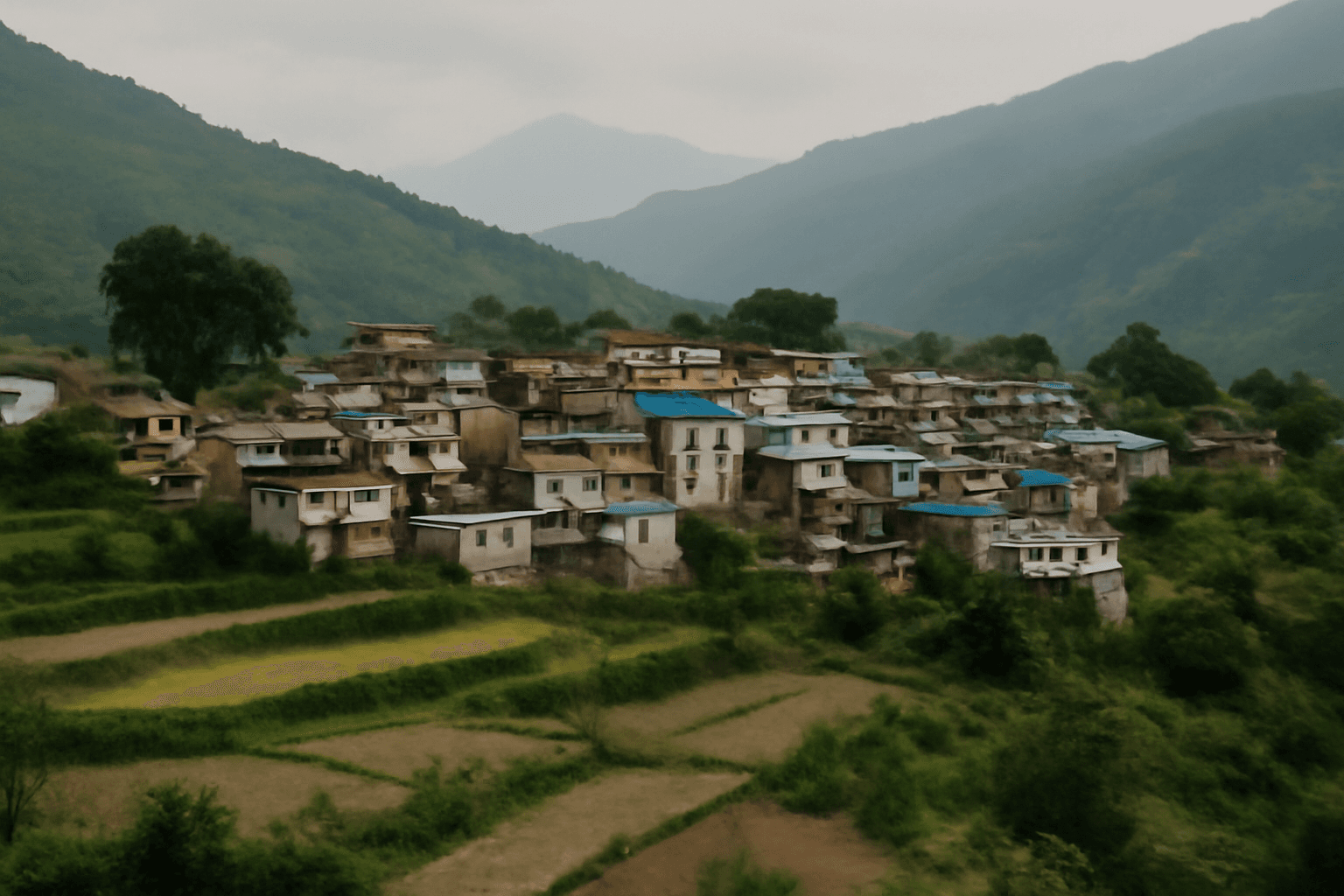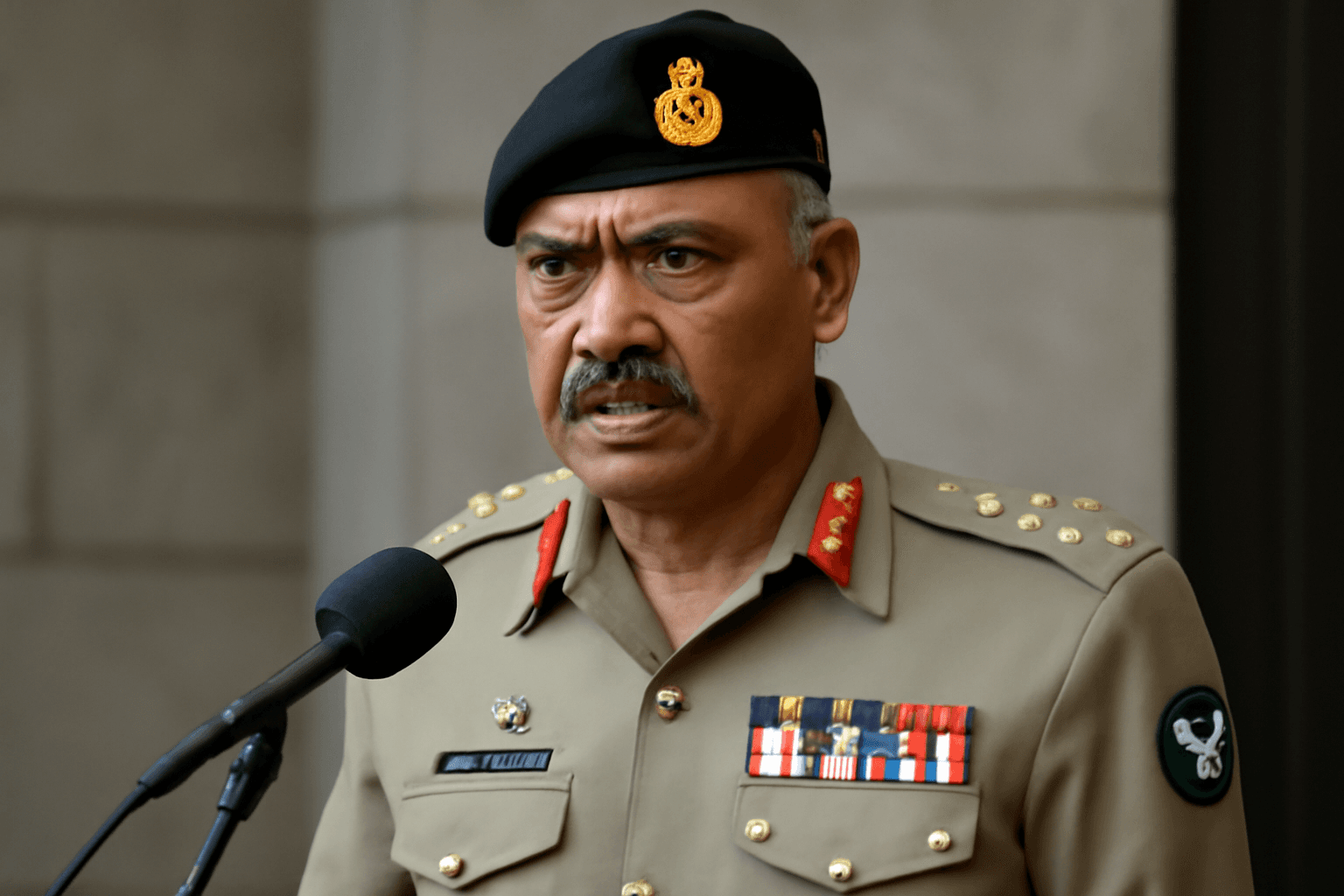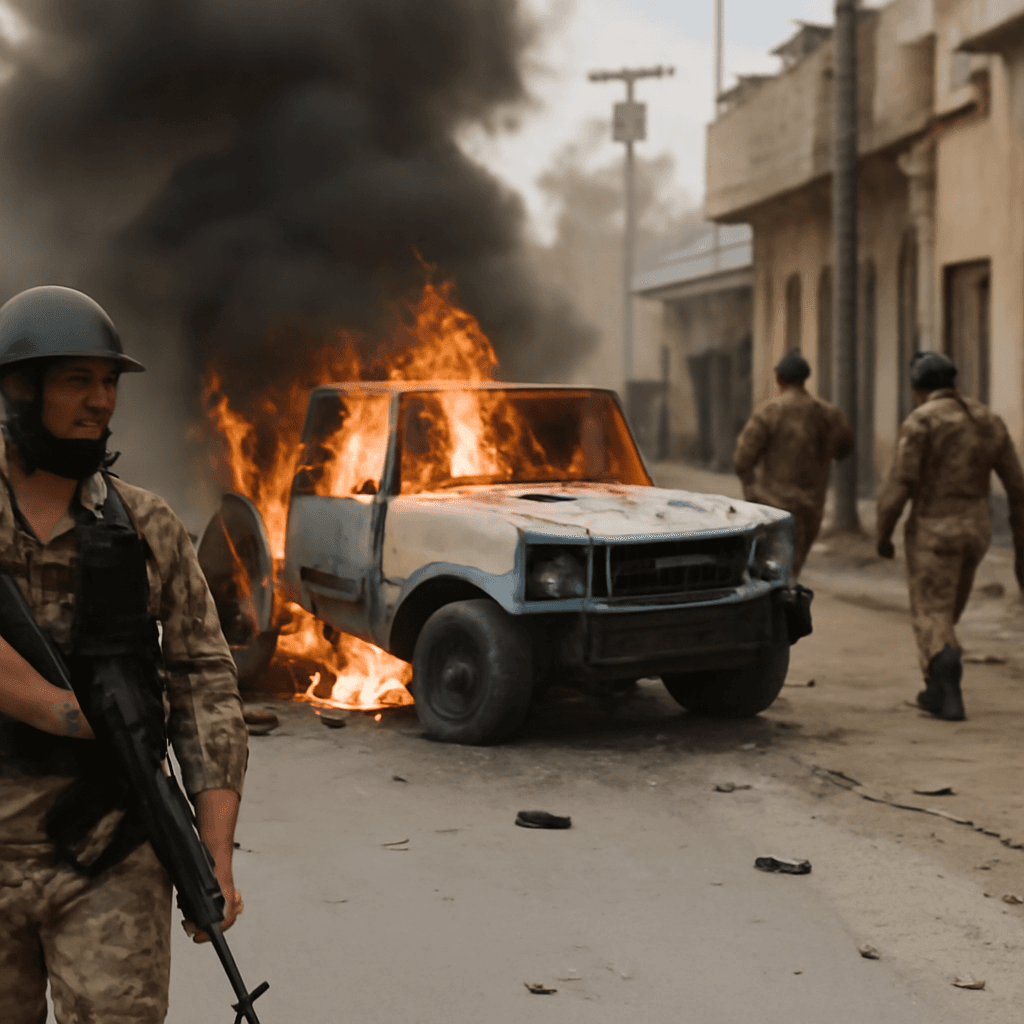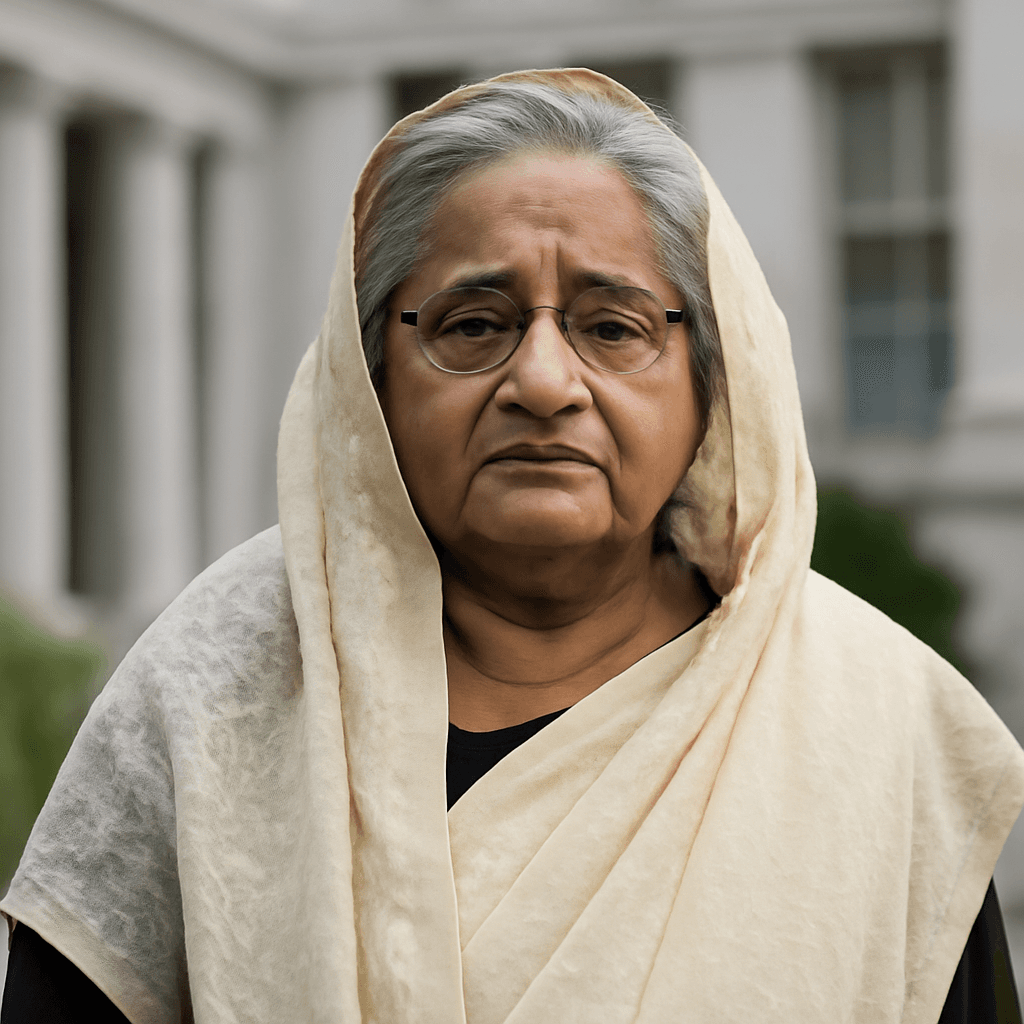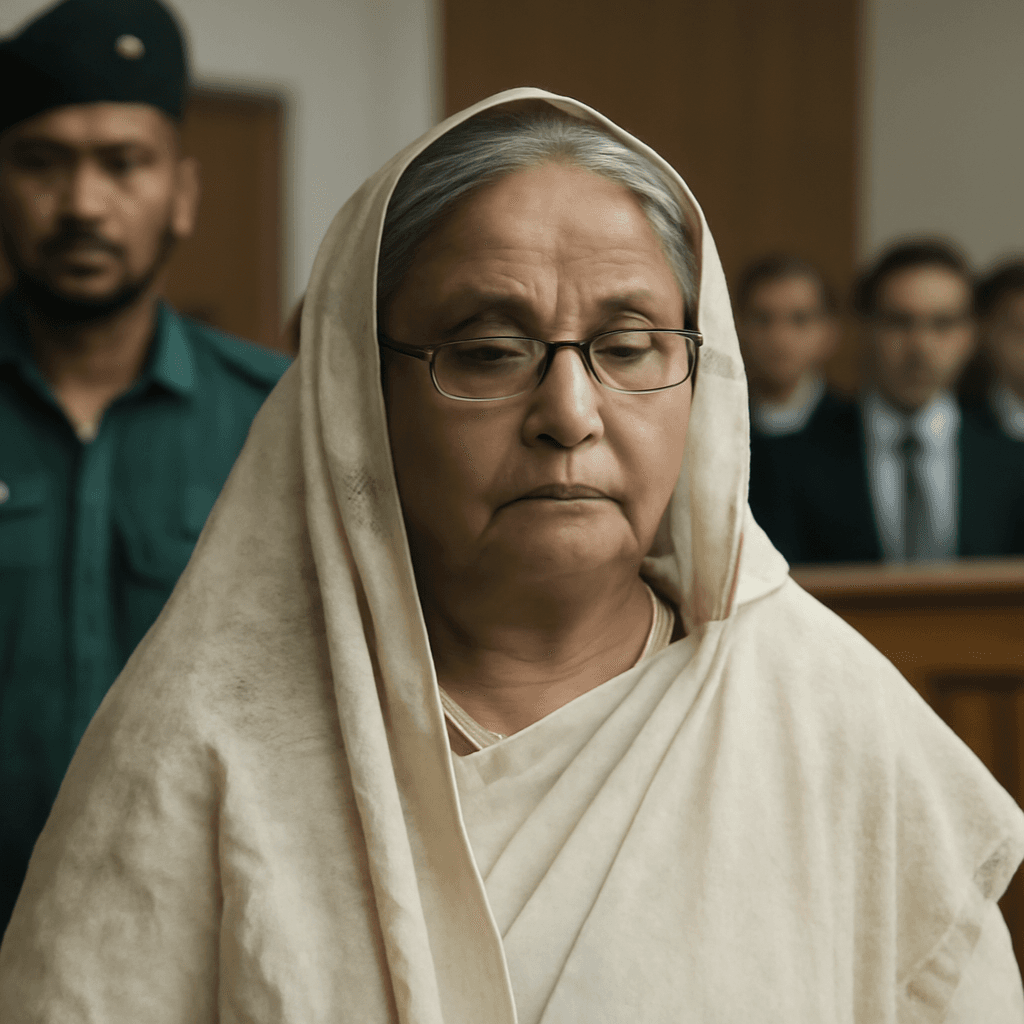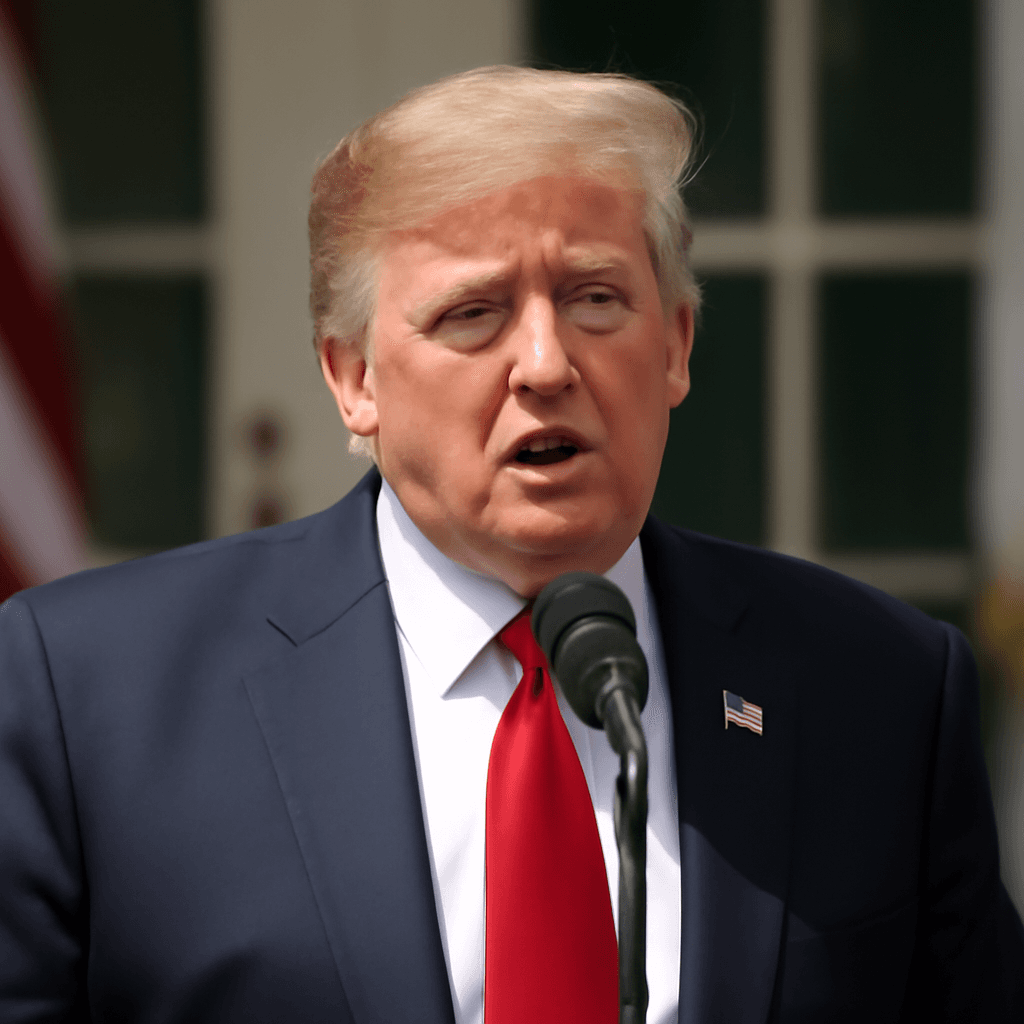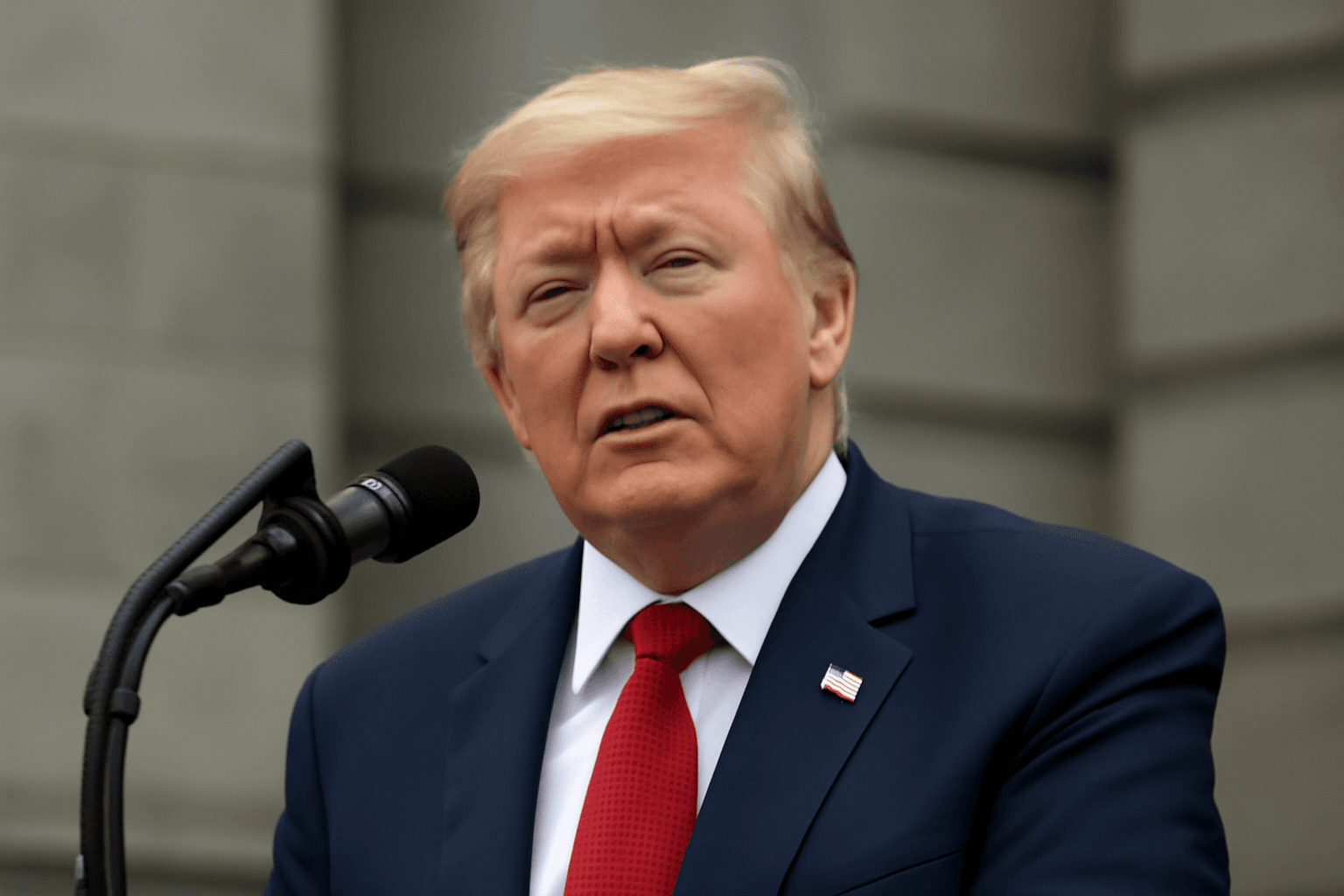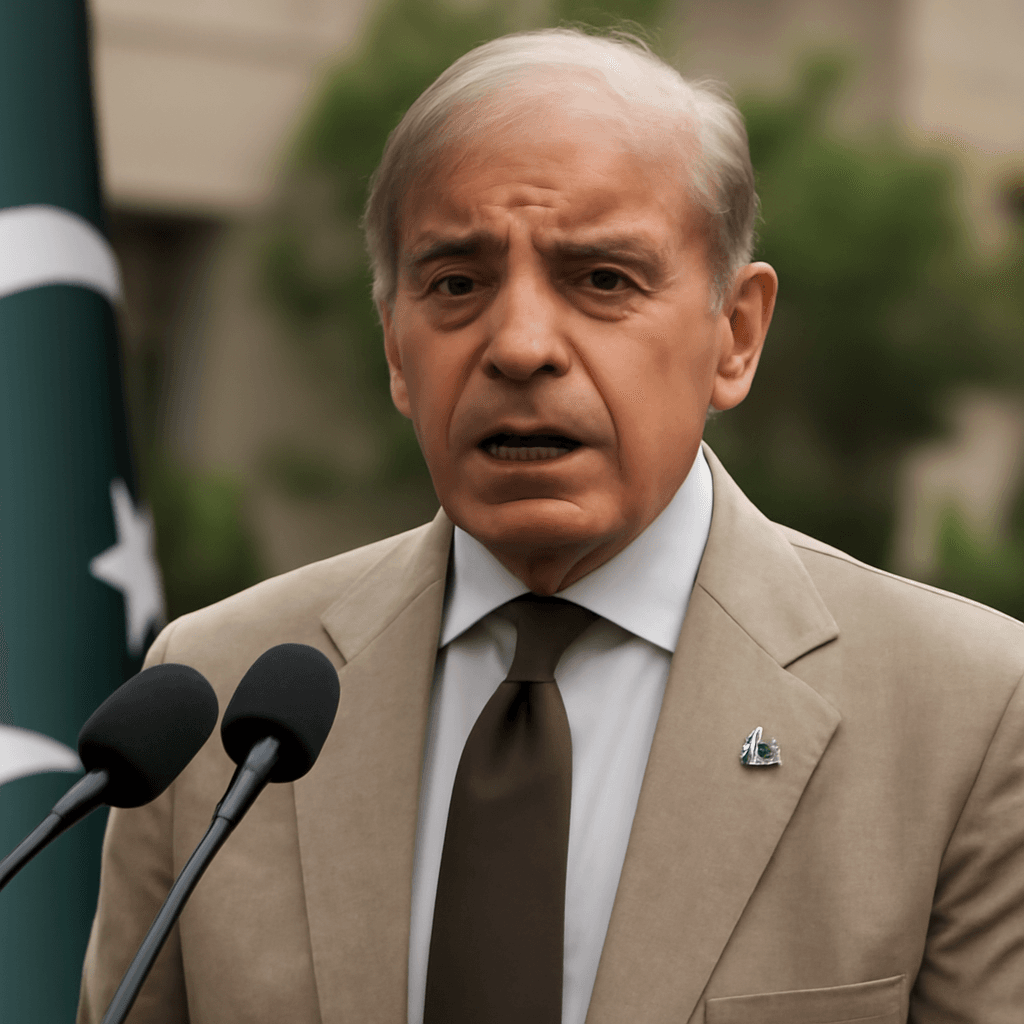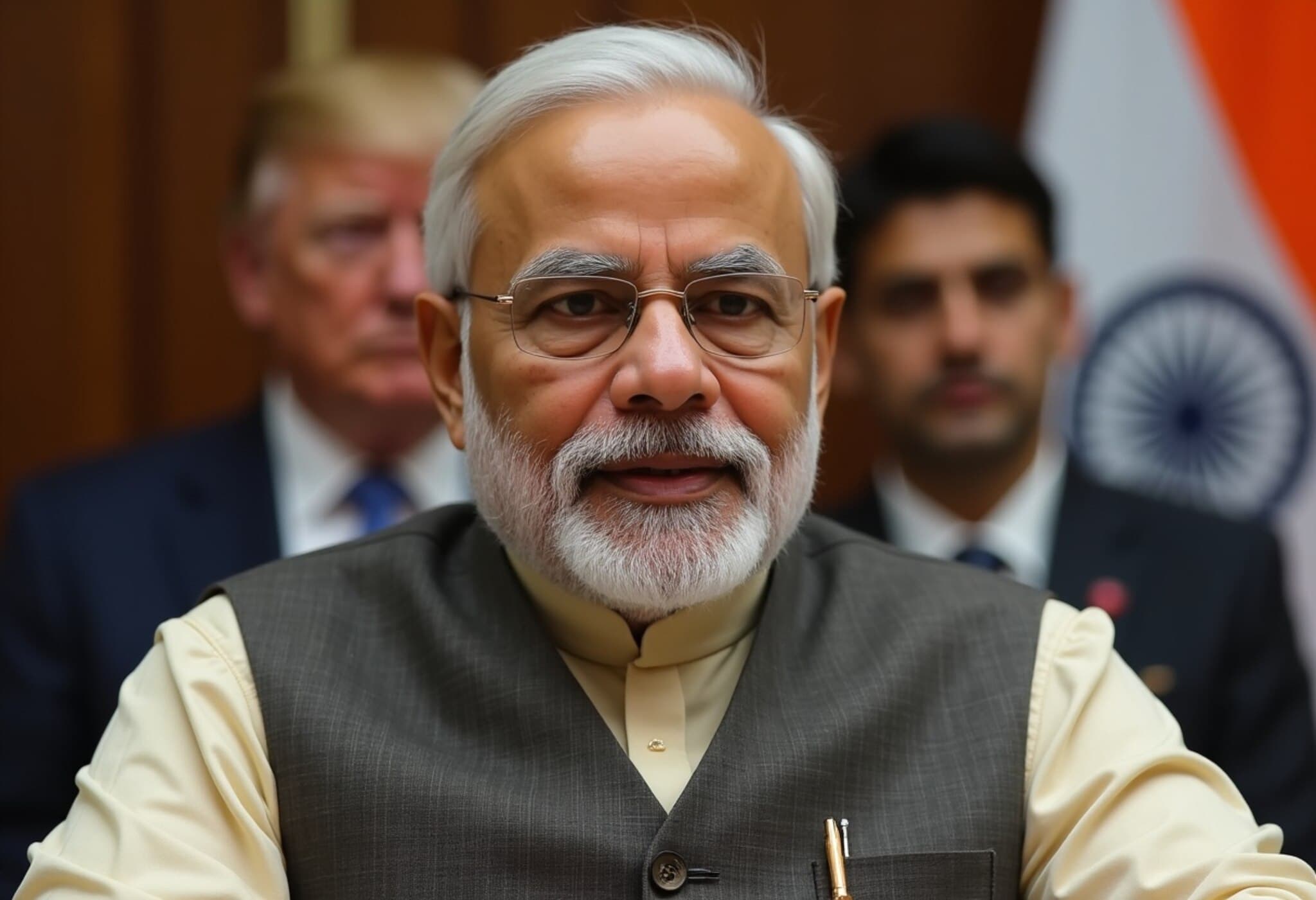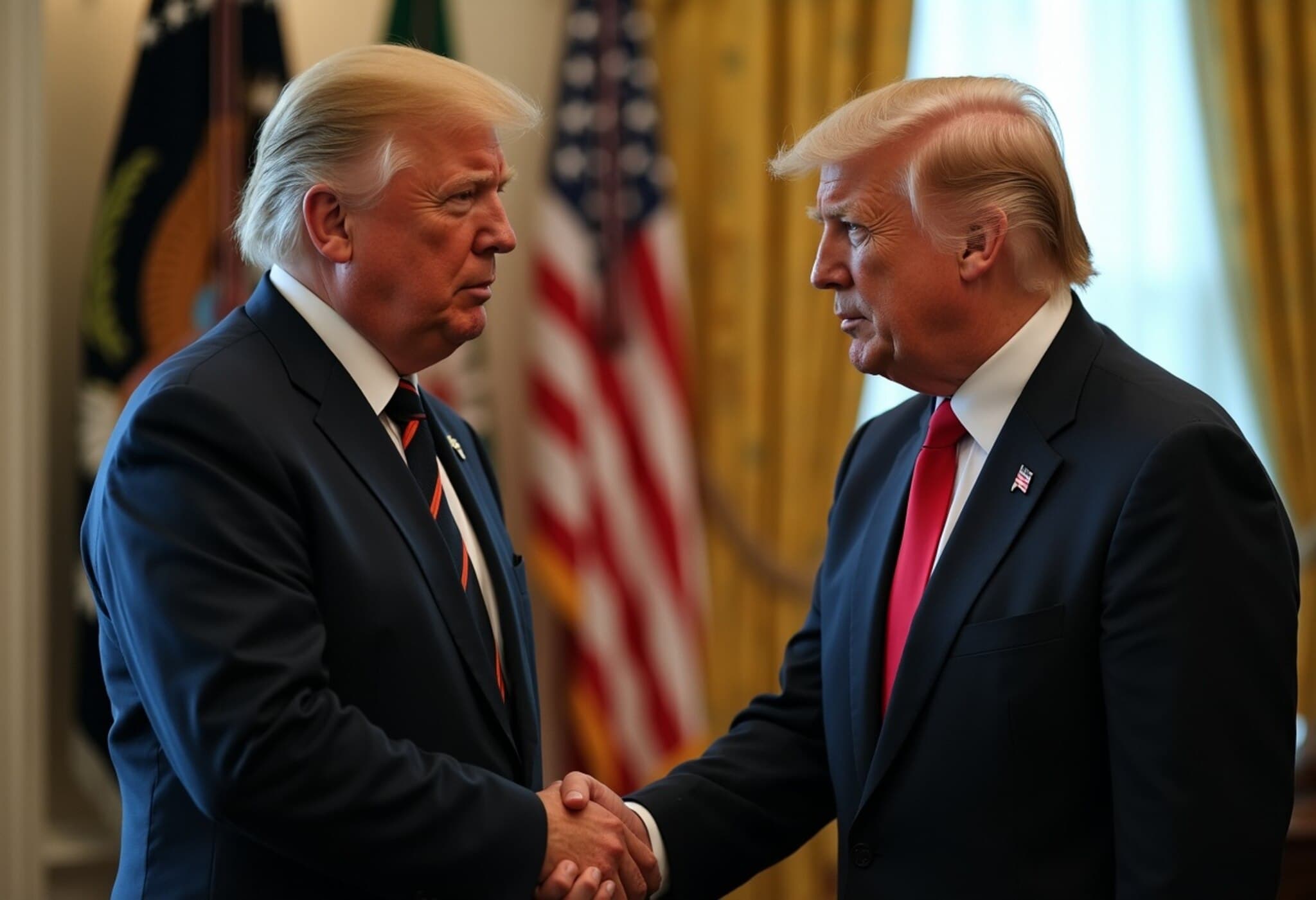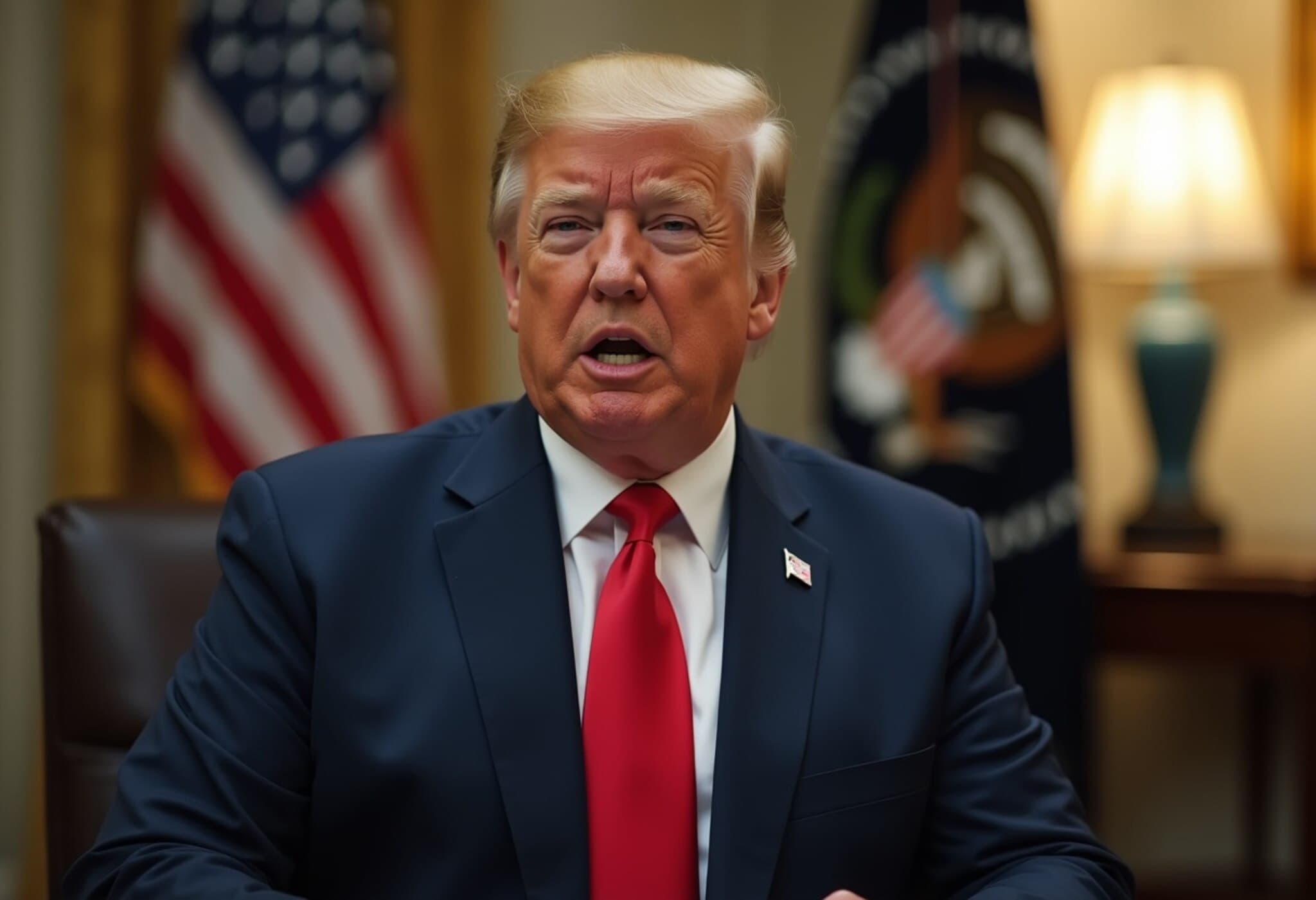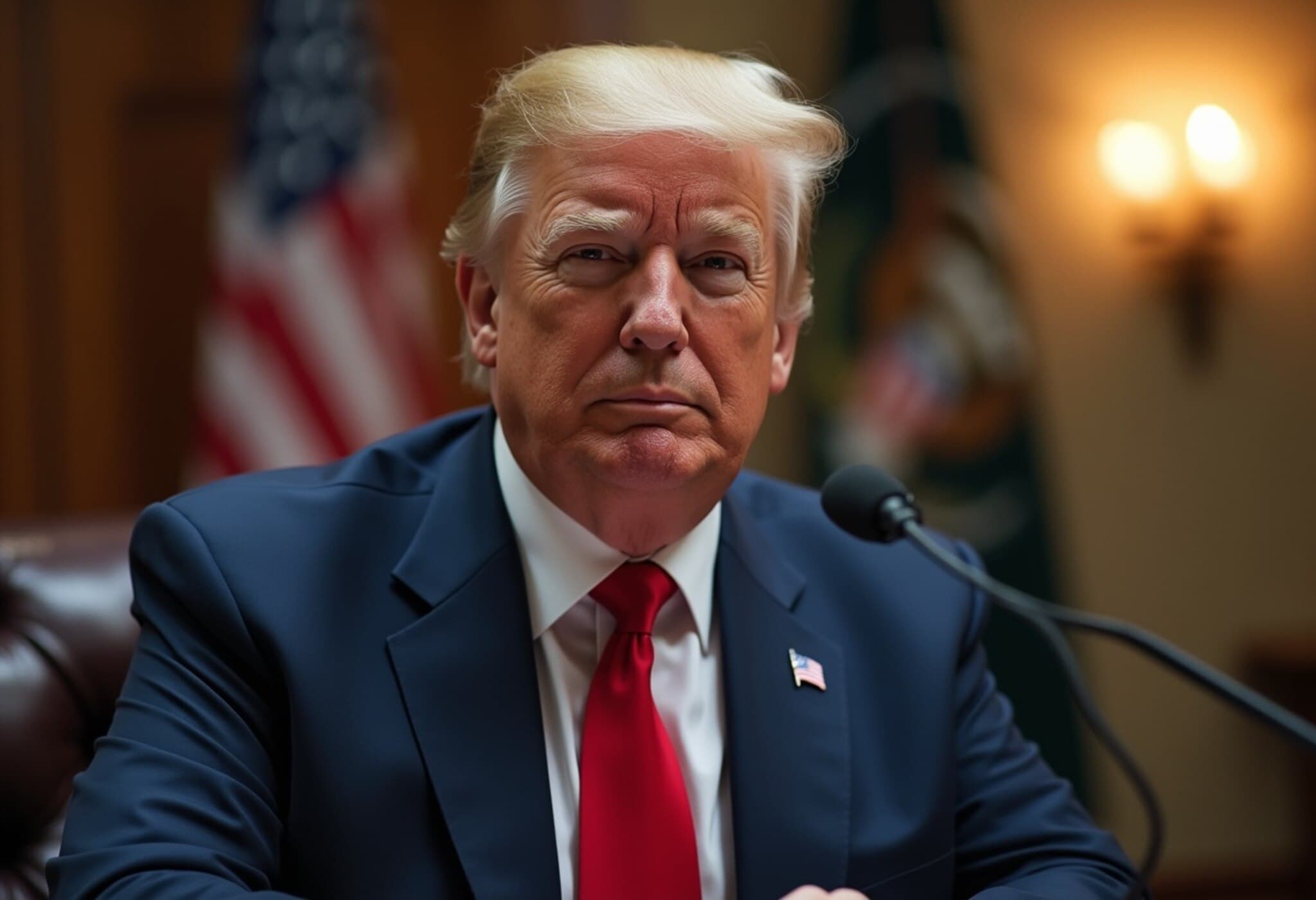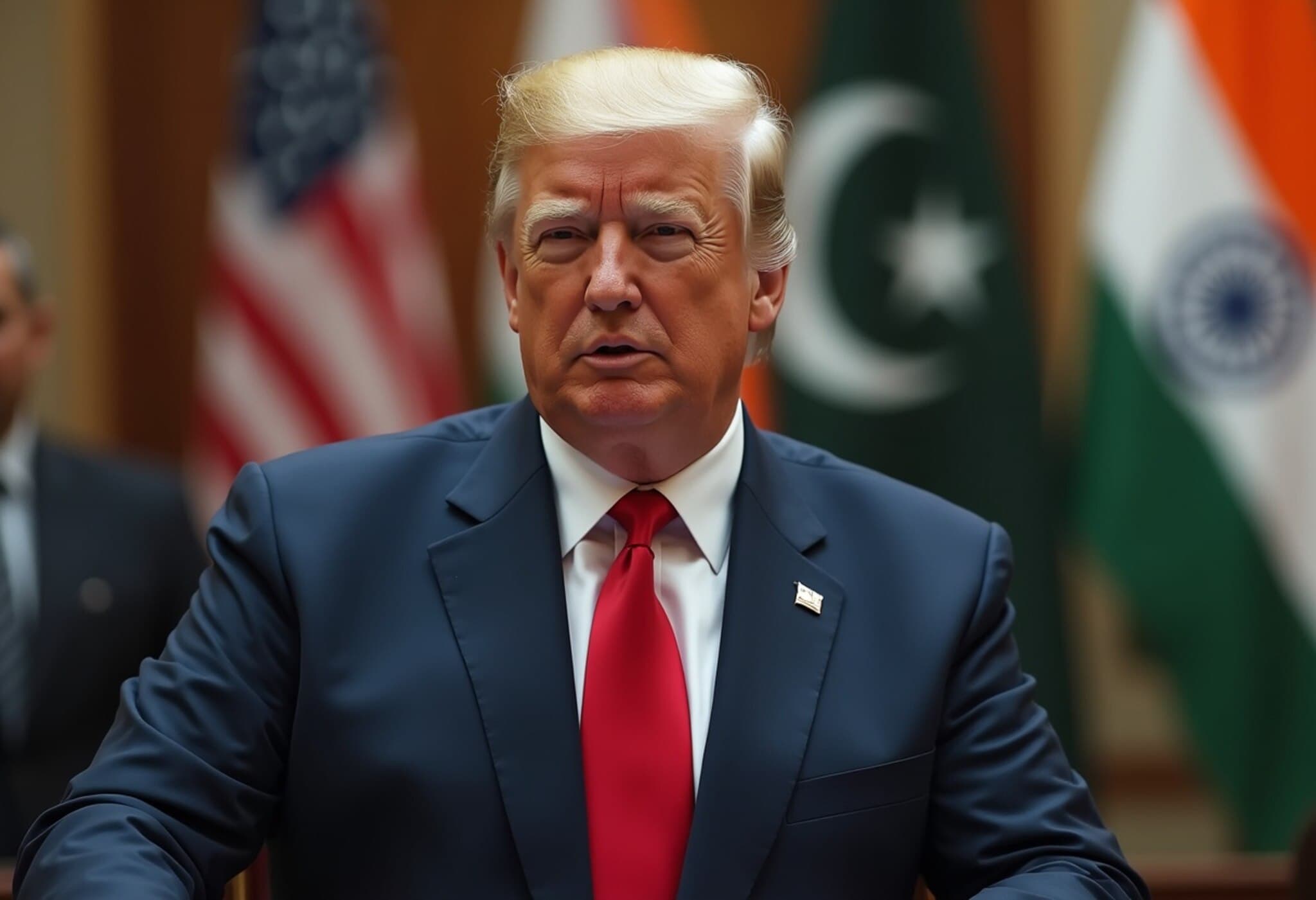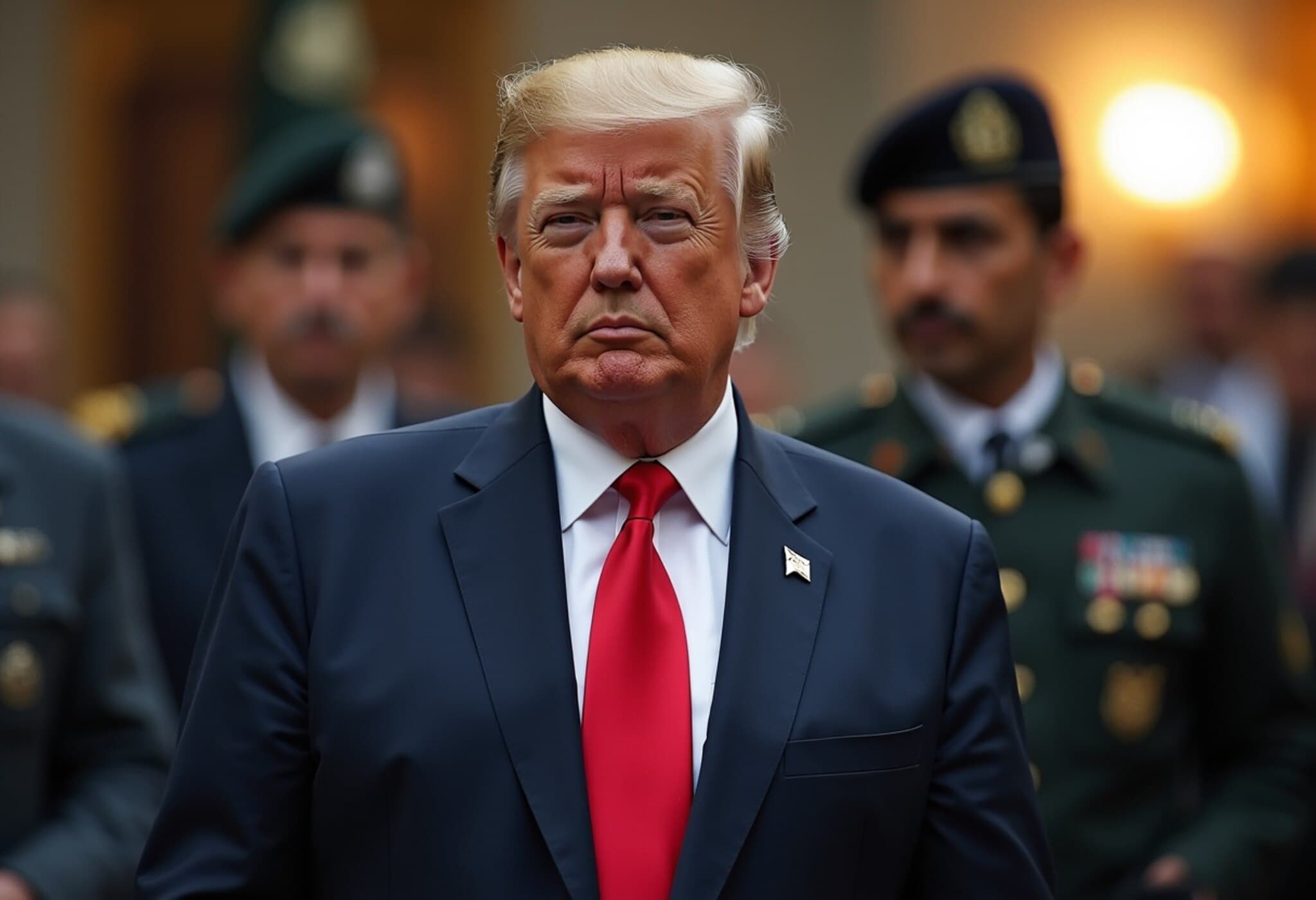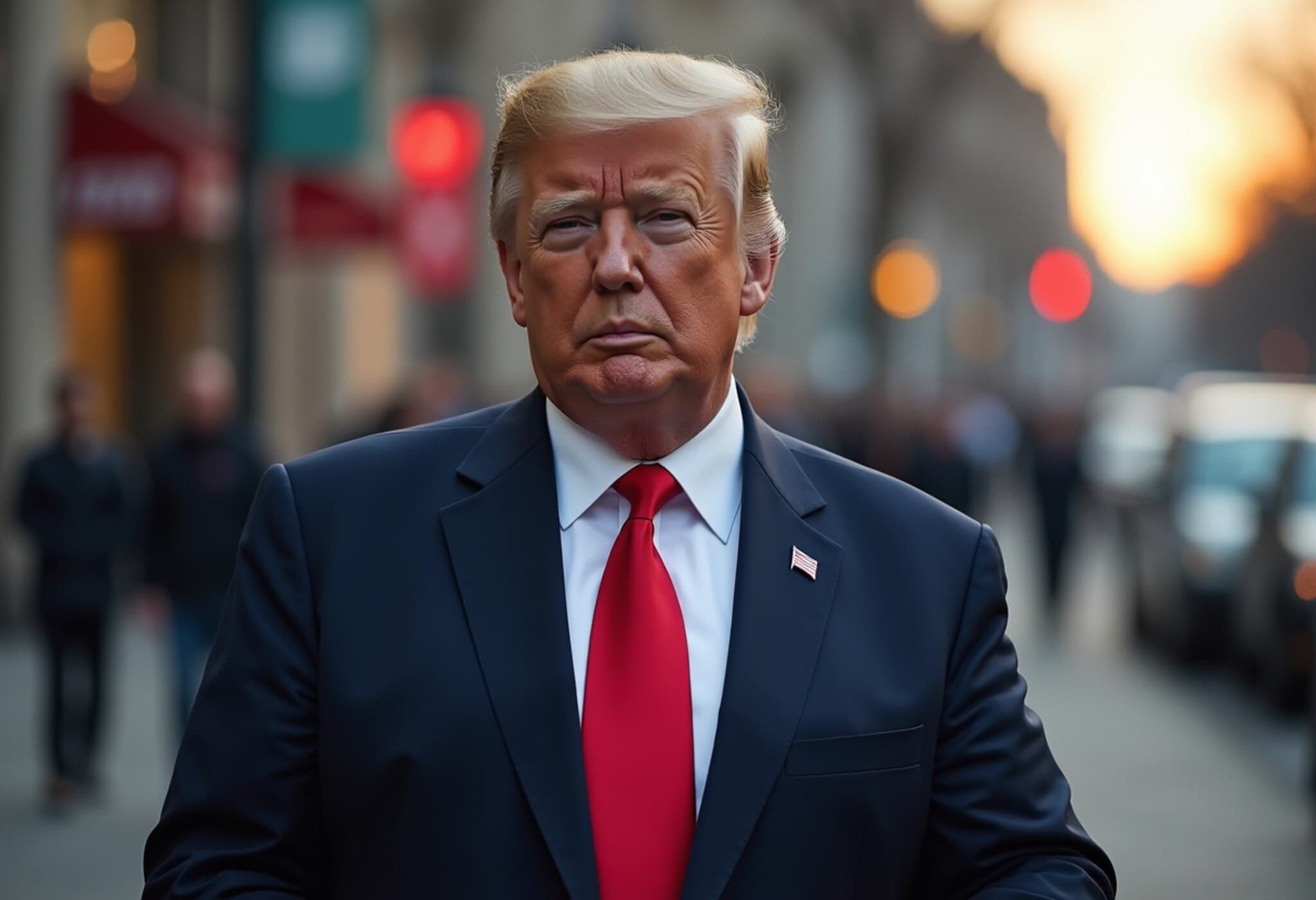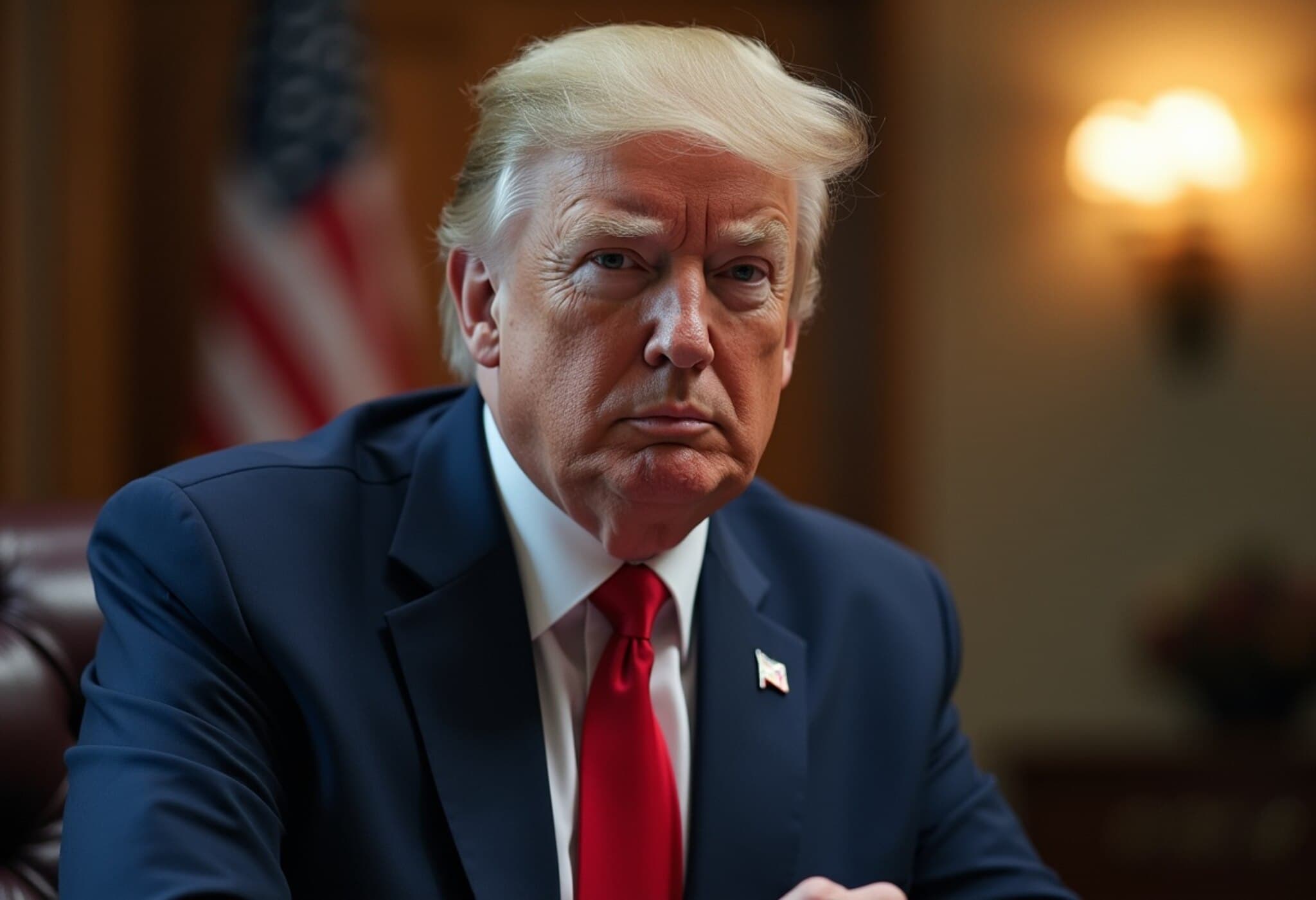Trump Reaffirms Role in India-Pakistan Ceasefire, Citing Trade Leverage
In a recent statement, former US President Donald Trump once again took credit for brokering a truce in the brief but intense conflict between India and Pakistan. Speaking during a meeting with NATO Secretary General Mark Rutte on July 14, 2025, Trump emphasized the role his administration allegedly played in diffusing tensions that, according to him, had nearly escalated to a nuclear confrontation.
“We’ve been very successful in settling wars,” Trump remarked. “You had India and Pakistan — that conflict was trending badly and could have led to nuclear war in another week. We did that through trade. I told both leaders, ‘No trade deals unless you stop fighting.’ And they stopped.”
Trump’s assertion that trade incentives were the key factor in ending hostilities clashes with official accounts from Indian leadership, renewing debates on the true diplomatic dynamics behind the ceasefire.
Contrasting Narratives: Modi’s Firm Rejection of US Mediation
In stark contrast to Trump’s claims, Prime Minister Narendra Modi has publicly refuted any suggestion that India involved the US in mediating the conflict or in linking peace to trade negotiations. Following Trump’s early departure from the G7 Summit in Canada, Modi engaged in a 35-minute phone call with the former president, during which he reiterated that India neither requested US mediation nor discussed a trade deal tied to the ceasefire.
Foreign Secretary Vikram Misri clarified, “The ceasefire discussions occurred directly between India and Pakistan through established military communication channels, initiated at Pakistan’s request. India does not and will never accept third-party mediation. There is unanimous political consensus on this.”
This firmly positions the truce as a bilateral agreement rather than a product of US intercession, challenging Trump’s narrative and raising critical questions about the role of international actors in South Asian diplomacy.
The Broader Implications for US-India Relations
Trump’s repeated claims, despite Modi’s clear denials, highlight an important facet of US-India relations — the communication and perception gaps that can emerge on the global stage. While the US seeks to position itself as a peace broker in complex regional conflicts, India’s stance underscores its commitment to regional autonomy and direct diplomacy.
Experts note that this disconnect may reflect the increasing confidence of India’s leadership in managing its foreign policy independently, especially when it comes to sensitive issues involving Pakistan.
Why Does This Matter?
- Diplomatic Credibility: Conflicting stories can affect the credibility of the US and India on the world stage, particularly in conflict mediation roles.
- Trade and Diplomacy Interplay: Trump’s linkage of trade leverage with conflict resolution raises questions about the ethics and effectiveness of tying economic negotiations to peace efforts.
- Regional Stability: Understanding the real drivers behind the ceasefire is crucial for predicting future peace prospects in South Asia.
Expert Insight: The Complexity of Peacebuilding in South Asia
Dr. Aisha Kumar, a South Asia policy analyst, comments: “The India-Pakistan conflict is deeply rooted in decades of historical grievances and strategic complexities. While external pressure can sometimes catalyze dialogue, sustainable peace requires genuine bilateral engagement. India’s firm stance on rejecting mediation underscores its desire to control the narrative and peace process, ensuring national sovereignty is respected.”
Looking Ahead: Questions for Policy and Public
The disparity between Trump’s and Modi’s accounts leaves open several pressing questions:
- To what extent can economic leverage realistically compel conflicting nations toward peace?
- How might such conflicting narratives affect future US involvement or credibility in South Asian diplomacy?
- What mechanisms should be emphasized to foster transparent and mutually agreed conflict resolution?
Editor’s Note
As the dust settles on the recent India-Pakistan standoff, it’s clear that narratives of peace and diplomacy can be as contested as the conflicts themselves. The divergent claims by President Trump and Prime Minister Modi not only highlight differing perspectives but also shed light on the delicate balance of sovereignty, global influence, and regional autonomy in peacebuilding. Readers are encouraged to consider how media portrayals, political agendas, and national interests shape our understanding of international events — and to look keenly at the voices that sometimes go unheard in major diplomatic stories.

